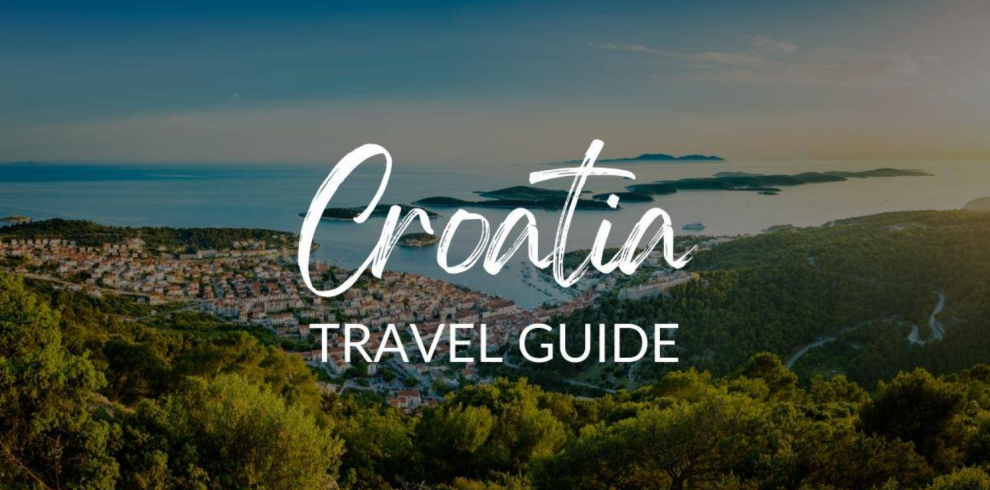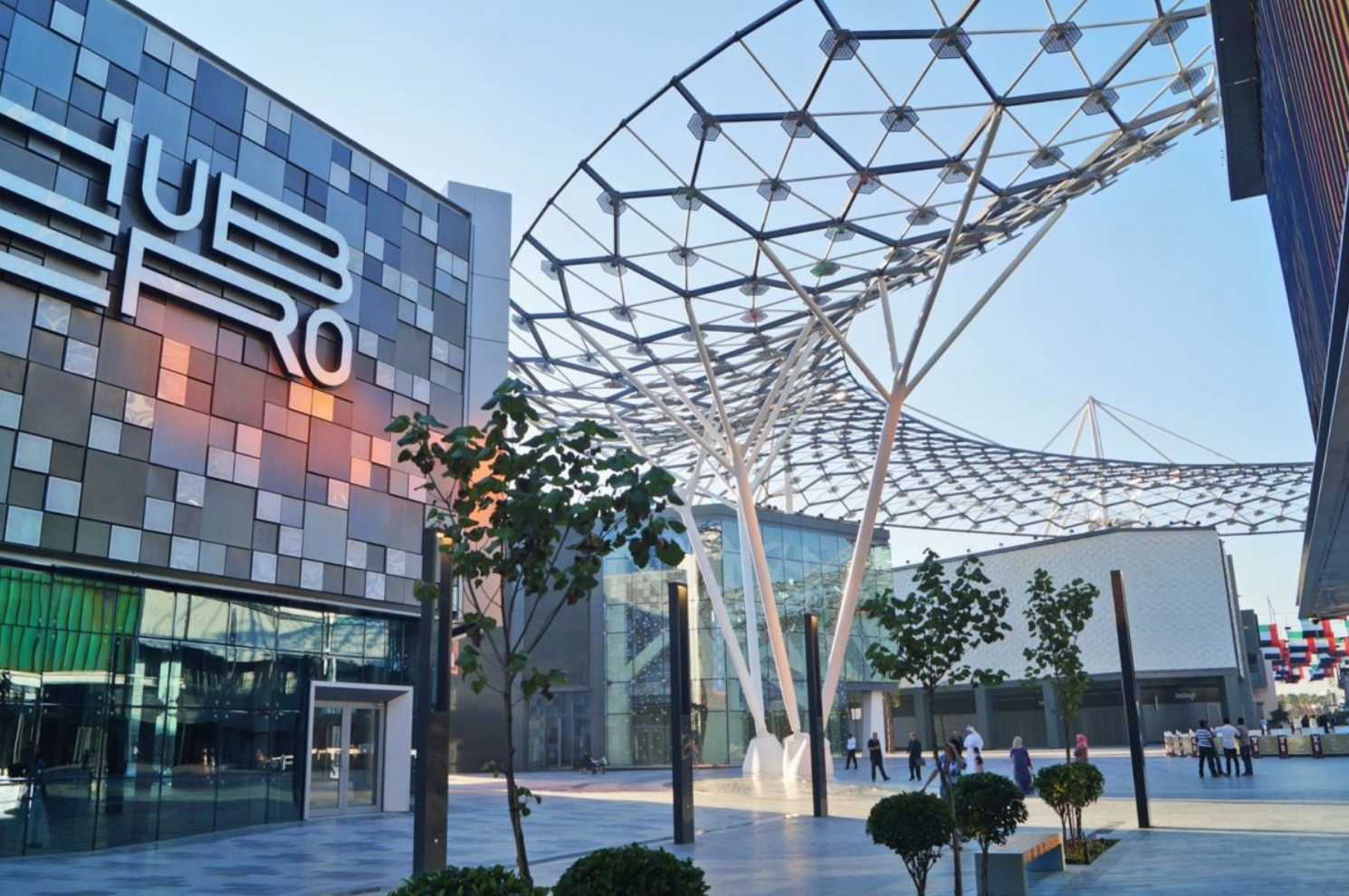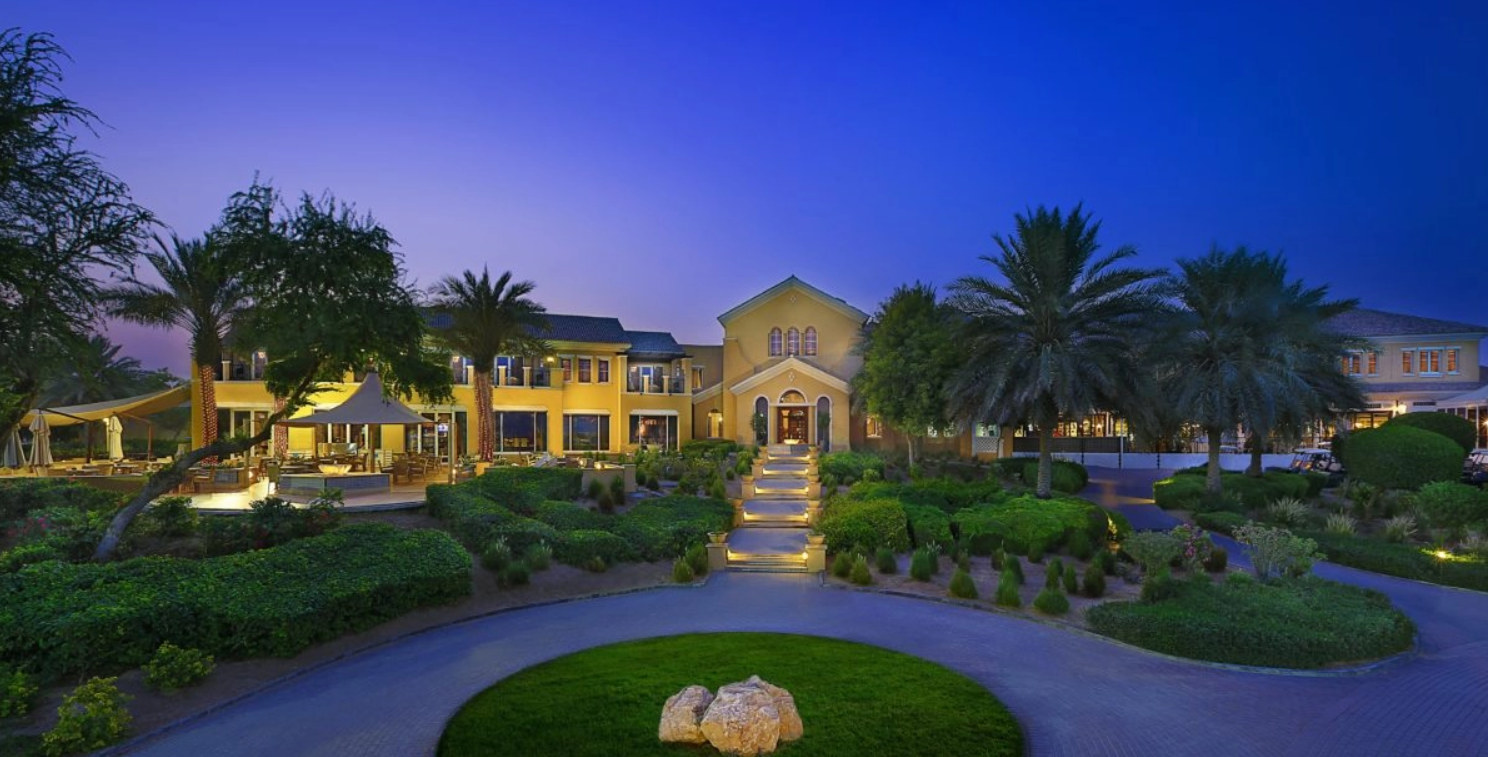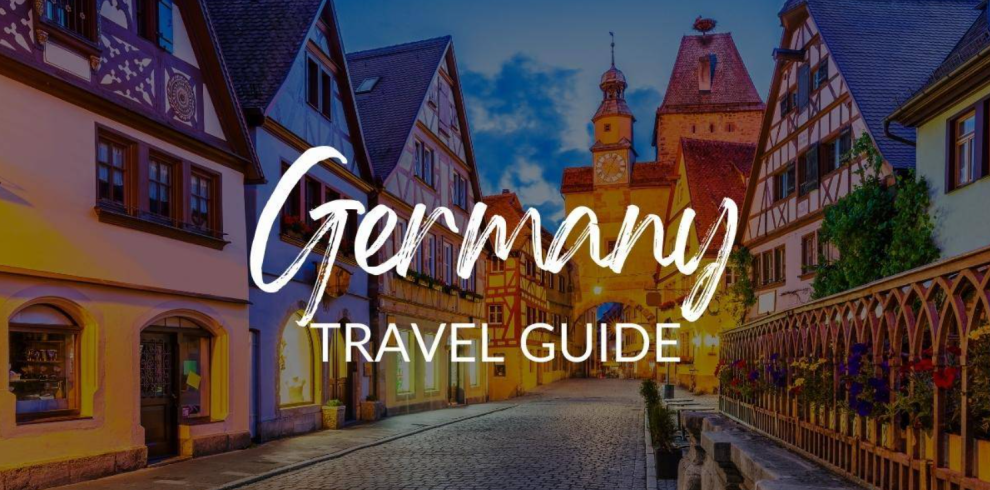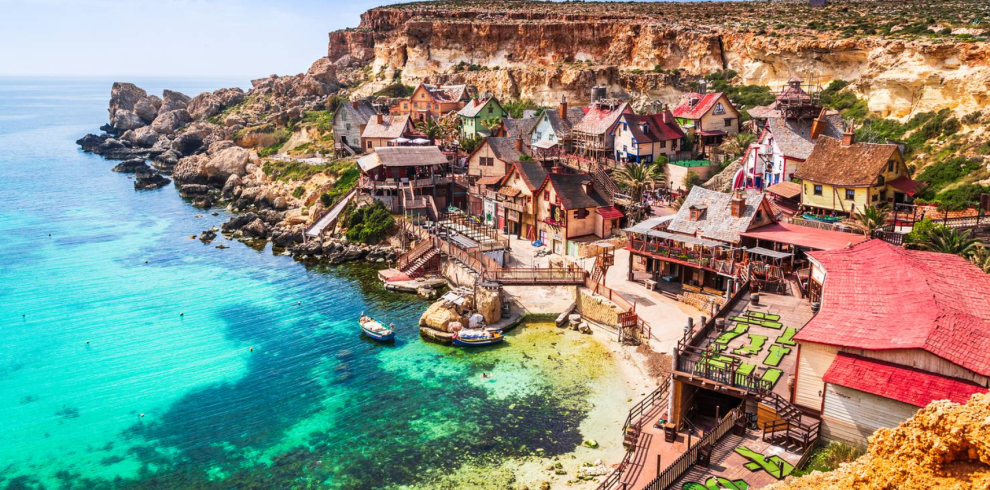Despite its growing popularity, Croatia retains its unique identity and continues to uphold its Mediterranean traditions and laidback way of life. Every summer, visitors flock to the irresistible Adriatic coastline where you can explore the crystal-clear waters and likes of Brač, Hvar or Split. No matter which island piques your interest, you can guarantee each will captivate your attention.
The Highlights

Plitvice Lakes National Park
As one of the oldest and the largest national park in Croatia, this national park is a must-see during your Croatian escapades. Spanning across sixteen lakes, Plitvice Lakes National Park gained the coveted UNESCO World Heritage status and while visitors are banned from swimming in the pristine waters, it is a true sight to behold.
Dubrovnik
Dubrovnik is one of those cities where you can visit time, and time after again, and still find a hidden alleyway or a secret restaurant. You can visit notable sites including the Sponza Palace, the Cathedral of Our Lady and eventually make your way down to the Old Port. Most importantly, a visit to Mount Srd by cable car will reward you with an unforgettable view over the Adriatic.


Hvar
The opulent 13th-century architecture, delicious local cuisine and the vibrant nightlife are just a few of the reasons why Hvar is such a popular destination – and why you should consider spending time here. If you’re not much of a partier, you can spend your time at the old town of Stari Grad, or make the trek up to the Spanjola Fortress for the best one of the best views this side of Croatia.
Korcula
Often, people refer to Korcula as “Little Dubrovnik,” because of its fortified walls, and it is also said to be the birthplace of Marco Polo. This spellbinding island is covered with olive groves, rolling vineyards and is surrounded by steep mountains. Interestingly enough, it was built in the shape of a fishbone and all streets branch off to shelter the town from the strong ocean breeze.


Split
More than just a starting point for you to launch into the Dalmatian Islands, Split is Croatia’s second largest city and has carved a name for itself as a cultural hub. In the heart of the city, you will find the grandiose Diocletian’s Palace, a UNESCO World Heritage Site which splits off to the Riva, the Croatian National Theatre while weaving past many restaurants or cafes frequented by locals.
Zagreb
This inland town is everything you would expect from a capital city. Given its distance from the bustling cities of Hvar and Split, Zagreb has formed its own identity as a destination to visit and unlike the coastal towns, it is a year-round city. The best part is the many cafes, museums, restaurants and galleries will be in full swing, and are not limited to operating only during summer.
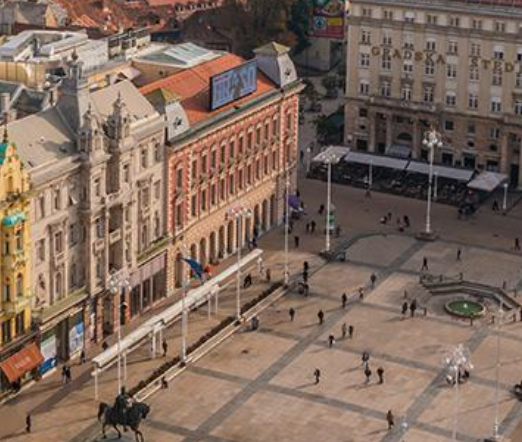
Contact Klub Advisor for personalised travel offers, dates, prices & payment options. Find out the latest travel requirements for your trip. Send your enquiry via the form below. If you’re club member, click on the icon in the right-hand corner and write to WhatsApp to start a discussion.
The Location
Croatia is located in Europe and shares land borders with Hungary, Montenegro, Bosnia and Herzegovina, Serbia, Slovenia and Italy. From London, a non-stop flight is approximately 2h 40m.
Capital City
Zagreb is situated in the northwestern part of Croatia and is known for its 18th and 19th-century Austro-Hungarian architecture.
Main Airport
Franjo Tuđman Airport, also known as Zagreb Airport is the main hub for domestic and international travellers. It is located in Zagreb, 10km from the city centre. CODE: ZAG; CLOSEST CITY: ZAGREB.
Language Spoken
The official language of Croatia is Croatian. English is commonly spoken, particularly by those who work in tourism along with most of the younger generation.
Currency
Croatia introduced the Euro.The currency code is EUR. ATMs are widely available and credit cards are accepted in most hotels and restaurants.
Visas
For Australian, Canadian, New Zealand and US citizens, no prior visa is required and you may enter the UK without a visa for up to 6 months. Visa information can change often and varies from country to country. We recommend checking your country’s travel advisories in advance of booking a trip.
Electricity
In Croatia, the standard voltage is 230 V and the frequency is 50 Hz. There are two associated plug types, types C and F.
Vaccinations
No specific vaccinations are required for visiting Croatia however it is best advised that you consult your doctor 6 to 8 weeks before you depart.
Emergency Calls
The phone numbers to call in case of emergency are 112 for a general emergency, 192 for the police, 194 for an ambulance and 193 for a fire.
When to Visit
Peak Season
JULY TO SEPTEMBER
If you’re after the best weather (with average highs of 31°C along the southern coast) the months of July to September will be the time to visit Croatia. However, if you’re not prepared to battle the large influx of tourists that grace the streets of Hvar, Dubrovnik and other larger cities then maybe the high season is not for you. Prices will also be at their highest as this is when Europeans will take their summer holidays along with travellers from the Southern Hemisphere attempting to escape the winter chills back home. Travellers can enjoy many great festivals and outdoor activities including Hideout Festival and Ultra Europe.
Low Season
OCTOBER TO APRIL
If you’re hoping to explore the Croatian coastline on a budget, the months of October to April is the prime time to embark on a Croatian journey. While many restaurants, hotels and attractions might be closed (as they operate mostly during the high season) you will find properties that are open will offer a significantly reduced rate. If you’re spending time up north, skiers and snowboarders can hit the slopes at Sljeme just outside Zagreb, or enjoy snowy hikes and join in the festive activities over Christmas in Zagreb. The average temperature in the northern part of the country will only reach an average high of 4°C, with lows of -3°C.
